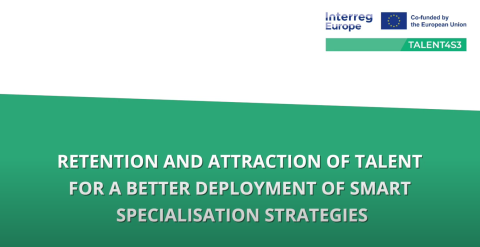Project summary
Free movement of labor is essential for reducing regional disparities within the European Union, but it should occur voluntarily rather than out of economic necessity. The EU faces challenges related to brain drain and depopulation, which risk deepening regional inequalities.
-
What is the main purpose of the TALENT4S3 project?
TALENT4S3 aims to improve policy tools for the retention and attraction of skilled workers across the EU, particularly in regions facing brain drain and economic stagnation. By refining policies around Smart Specialization Strategies (S3), the project seeks to build an ecosystem supporting innovation, training, and quality employment, helping citizens stay in or relocate to areas where their skills are needed.
-
What are the core strategies used to achieve this purpose?
The project emphasizes interregional learning and collaboration, allowing partners from diverse EU regions to share successful practices and enhance policy instruments. This is achieved through study visits, thematic workshops, and knowledge exchanges, uniting local authorities, universities, businesses, and citizens to craft strategies that balance workforce needs with available talent pools.
-
What impact is the project aiming for, and what challenges does it address?
TALENT4S3 seeks to reduce regional disparities in talent availability, aligning with EU Cohesion Policy goals of balanced development. The project addresses major challenges such as demographic decline, regional inequality, and limited career prospects in certain areas. By making less attractive regions more appealing for high-skilled workers, TALENT4S3 aspires to foster long-term growth and stability across the EU.

